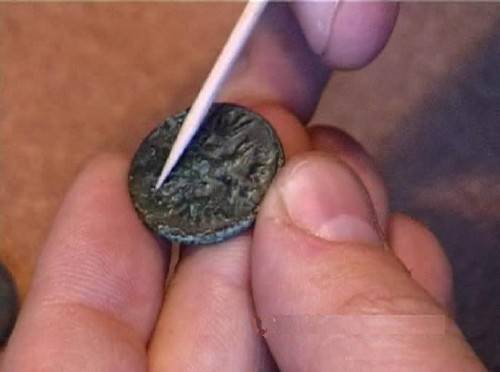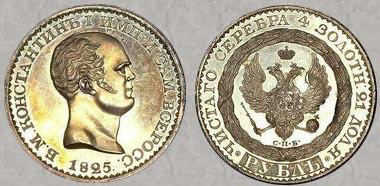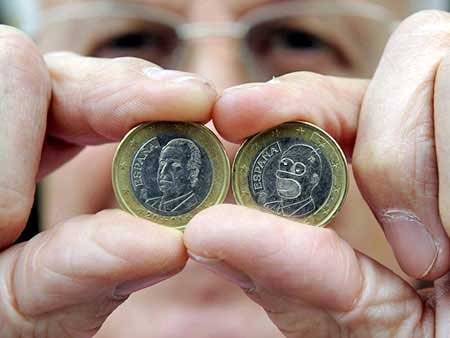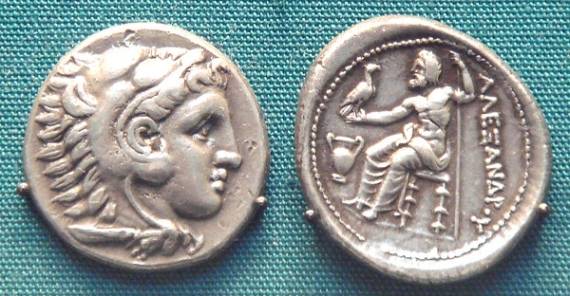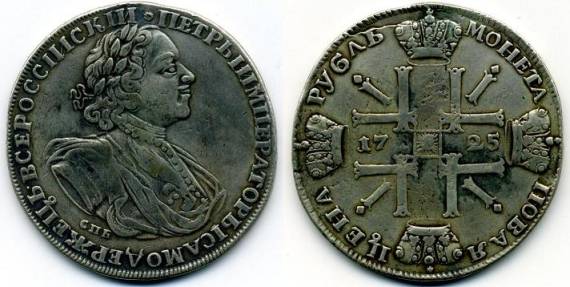Western coins in the territory of Russia
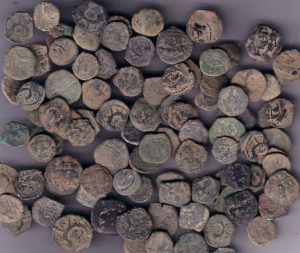 From the middle of the tenth century, the mass distribution of silver coins of Western Europe to the lands of Eastern Europe began, and to a large extent this affected the Baltic countries, Northern and Western Russia, and other neighboring territories. Scientists and archaeologists still find various kinds of treasures and treasures in which Western European coins are mixed with kuficheskim coins, which suggests that foreign trade relations developed successfully, and the economy of the Middle Ages did not stand still.
From the middle of the tenth century, the mass distribution of silver coins of Western Europe to the lands of Eastern Europe began, and to a large extent this affected the Baltic countries, Northern and Western Russia, and other neighboring territories. Scientists and archaeologists still find various kinds of treasures and treasures in which Western European coins are mixed with kuficheskim coins, which suggests that foreign trade relations developed successfully, and the economy of the Middle Ages did not stand still.
Among these treasures, there are truly record treasures. Among them is the largest treasure ever found on the territory of Medieval Russia, its volume is about 13 thousand coins. Quite an interesting fact is that he was found in an old rotten stump, and the find was a real coincidence.
Among the coins ever found on the territory of North-West Russia there are English coins, the most valuable of which are coins issued in honor of the great battle of Hastings, which occurred in 1066. In addition to the coins of England, Swedish coins, which appeared on the territory of Russia as a result of the fact that the daughter of one of the kings of the Swedish kingdom married to Yaroslav the Wise, are present in large quantities.
One of the most important sources of the appearance of Western coins on the territory of Russia is the Swedish island of Gotland. Coins are represented not only a huge amount of silver, but also gold. This is primarily due to the fact that the Swedish island was an intermediate point for trade between the states of Eastern Europe and Western Europe. Many of the archaeologists are joking, saying that the island of Gotland is a huge magnet for silver and gold. To some extent they are right, since more than 400 treasures have been found on a fairly small territory of the island.
The appearance of silver on the territory of Russia is also explained by the fact that not only honest people, but also the rulers of Russia believed that with abundant amounts of silver, they could protect themselves from various kinds of misfortunes.
Previously, children in the territory of ancient Russia worked, starting from the smallest, and they had little time for entertainment, so everyone helped their relatives than they could. It is now that modern toys have appeared, such as, for example, Winx 5 season for girls, this is considered the most beautiful gift possible, because almost complete immersion into the magical world is what every child and especially a girl wants. But before there were no such toys, there were only dolls, and even then not every child, so they had to help their parents, who, as a sign of gratitude, and as payment for their work, brought them toys from the fair, which they were incredibly happy about.
Recently, the coins on the territory of Russia are being sought in the following way: they take a map, preferably a medieval one, and on it, in places that were once ancient settlements, centers of trade relations, or simply graves, excavations are carried out. Quite rightly noted that treasures should be sought where the coins were in use, and those in some god-forgotten place.
